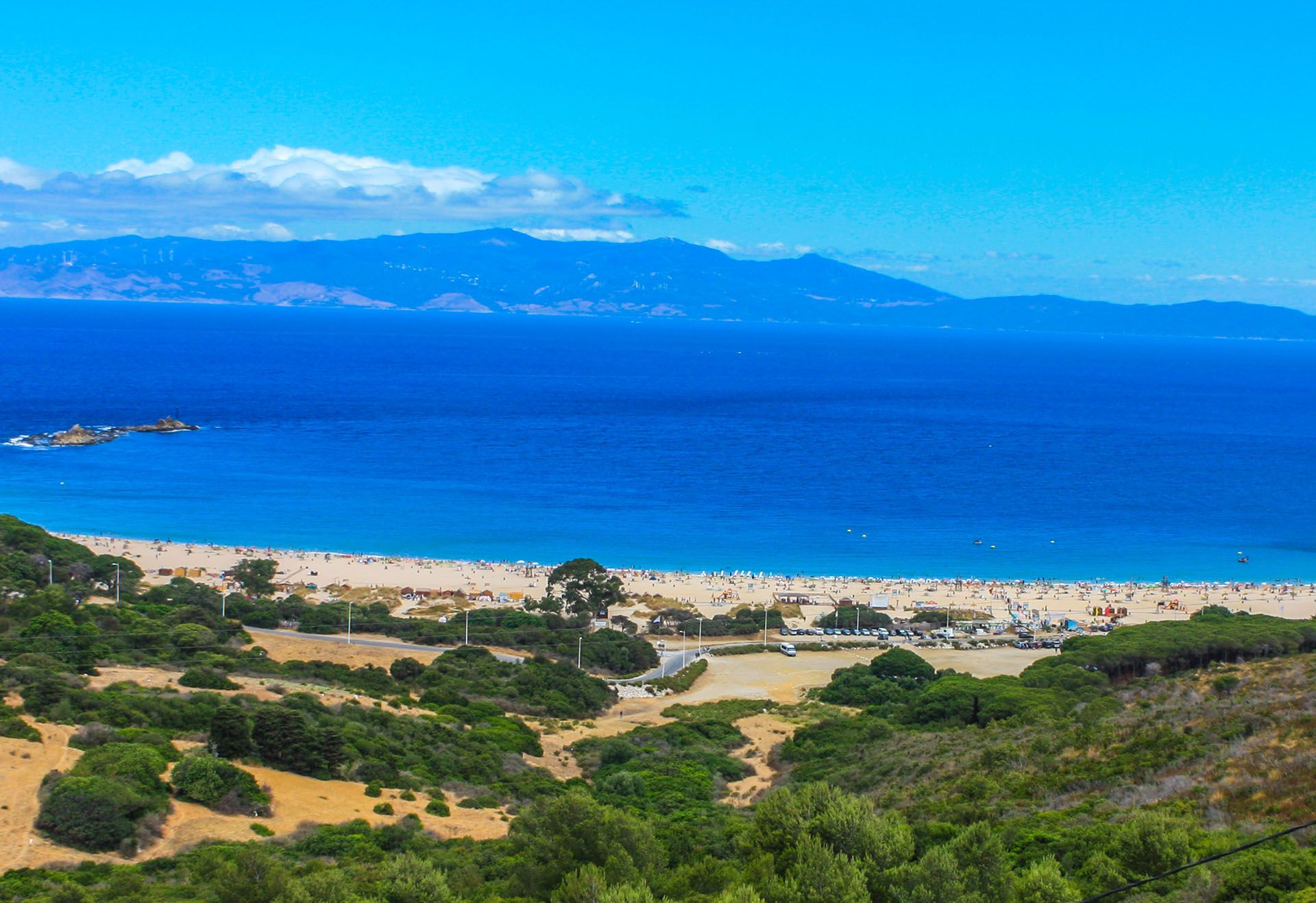Best for windsurfing: Imsouane Bay
Imsouane Bay is a small coastal village located between Agadir and Essaouira. It’s known for its laid-back vibe and amazing surf conditions. While it’s getting more popular with surfers, it’s still managed to keep its authentic, quiet charm.
Imsouane’s real appeal lies in its two bays. The main bay, known as "The Bay," is home to Morocco’s longest wave—a long, mellow right-hander that can stretch up to 1,970 feet (600 meters) on a good day. This makes it an ideal spot for longboarders and beginners, as the waves are gentle and feel like they go on forever.
For windsurfers, Imsouane is fantastic. The bay is well-protected, with steady winds making it a great place to learn. If you’re more experienced, you can venture out further for stronger winds and bigger waves. The hills around the bay create some unique wind patterns, so it’s often a good spot even if other places are too calm or too windy.
Off the water, Imsouane’s traditional fishing harbor is a nice touch, where you can watch local fishermen bringing in the day’s catch and selling fresh seafood right from the harbor. The village has avoided large-scale development, so there’s still a focus on small surf camps, guesthouses, and local seafood restaurants, giving it a more relaxed feel.
How to get to Imsouane Bay
Imsouane is about 50 miles (80 km) north of Agadir and 43 miles (70 km) south of Essaouira. The easiest way to get there is by private transport or taxi from either city. Some surf camps even offer pickup services. Public transport is a bit limited, but you can take a bus to Tamri or Tamanar, then hop in a grand taxi for the last stretch. The road to Imsouane is paved but winding as it approaches the coast.
When to visit Imsouane Bay
For windsurfing, the best time to visit is from April to September, when the thermal winds pick up in the afternoon. Surfing is good nearly year-round, but the biggest swells come in autumn and winter (September to March). If you're a beginner or intermediate surfer, spring and summer are perfect, as the waves are smaller and more manageable. Water temperatures range from 61-63°F (16-17°C) in winter to 70-72°F (21-22°C) in late summer, so you'll need at least a short wetsuit year-round. More advice like this in our guide to Morocco travel tips.










